Tran Huu Nghi, The Centre for Tropical Forest Research Vietnam, Vietnam
By 2016 about 98% of households in rural area of Viet Nam were electrified. The total of power system production of the country reached 159.45 billion kWh in 2016, of which contribution from hydropower plants occupy more than 30%. So far, Viet Nam planned to convert about 50,000 [....] » Read More
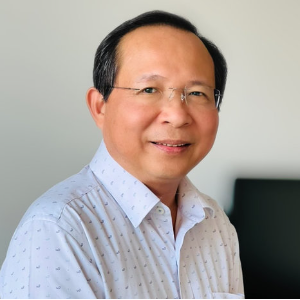
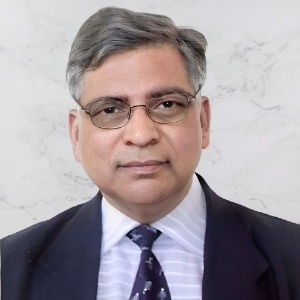


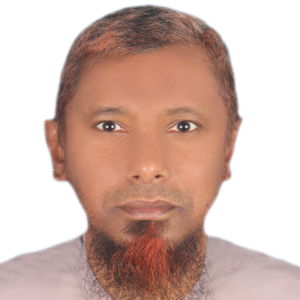


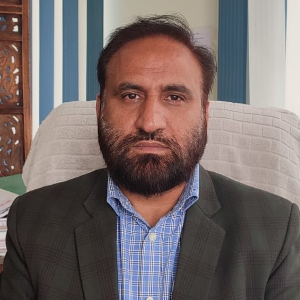
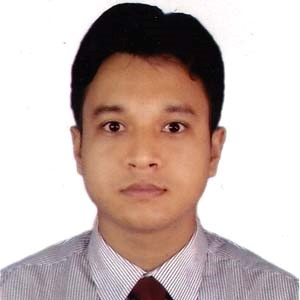
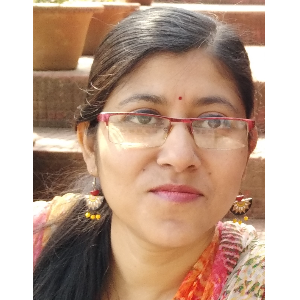

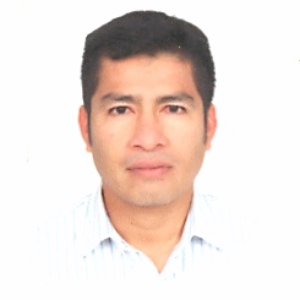
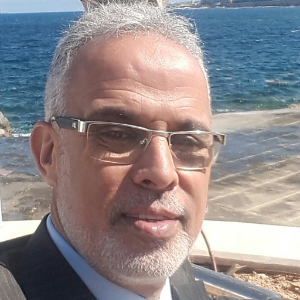
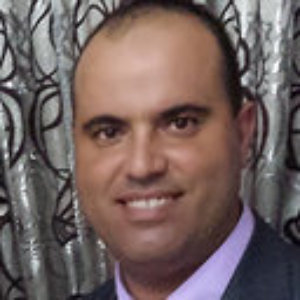
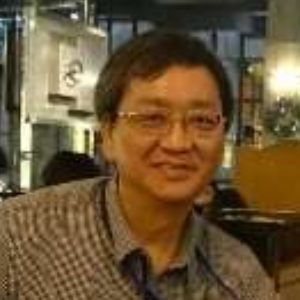


Title : Making the most of cottonseed protein
Tom Wedegaertner, Agricultural and Environmental Research, Cotton Incorporated, NC, United States
As a by-product of cotton production, cottonseed protein is a sustainable source of high quality, plant-based protein that is widely available wherever cotton is grown. Unfortunately, the 11 million metric tons of cottonseed protein produced by the global cotton crop every [....] » Read More
Title : Aquaculture challenges and opportunities in city-state Singapore
Diana Chan, Aquaculture Innovation Centre, Singapore
Singapore is a city-state with a population of close to 6 million people. About 95% of the food consumed comes from foreign imports. Singapore is not an agricultural country but there are about 110-120 coastal foodfish farms with at least 10 land based farms. In order to re [....] » Read More
Title : Novel information technologies for fish behavior recognition
Daoliang Li, China Agricultural University, China
There is an increasing recognition within the aquaculture industry that understanding the behavior of farmed animals can help provide solutions to farming problems. Behavior monitor would help farmers to observe animals behavior as welfare indicators for the better and effective [....] » Read More
Title : Increasing importance of blue bonds / sustainable finance in seafood business
Amod Ashok Salgaonkar, A2S2 Enterprises, India
Emergence of sustainability-linked blue bonds and/or sustainable finance is playing a key role while getting any new big investments in the new set-ups or for expanding the already established seafood businesses. The trend is new however investors giving focus to the organization [....] » Read More
Title : Aquaponic Text/workbook
Joni Lee Giovanna Hesley, Education Emerita, CropKing Inc., United States
School gardens are a powerful tool for teaching many subjects and developing a healthy lifestyle. Ms. Hesley has created an aquaponics workbook for teachers of young scholars from 5 to 18 years. Each section contains lessons that focus separately It contains sections each with a [....] » Read More
Title : Innovation on coconut water-infused bottled milkfish and poverty reduction through entrepreneurship in cebu, Philippines
Corazon P Macachor, Cebu Technological University, Philippines
Entrepreneurship alleviates poverty in developing countries particularly in Cebu, Philippines as an outcome of an academe technology transfer and partnership. This study optimized coconut water-infused bottled milkfish, protected the best formulation, transferred the patent [....] » Read More
Title : How fish color their skin? MC2R a new actor in pigmentation development
Priyanka Soni, University of Southern California, United States
The melanocortin system is a complex neuroendocrine signalling mechanism involved in numerous physiological processes in vertebrates, including pigmentation, steroidogenesis and metabolic control. In humans, five melanocortin receptors (MCR) have been cloned, identified and shown [....] » Read More
Title : The Ghost nets in Adriatic Sea and impact in the fishery sector
Jerina Kolitari, Agricultural University of Tirana, Albania
Habitats, coastal zone and ecosystems services always attracted humans and human activities. But this intensive concentration of population and excessive exploitation of natural resources puts enormous pressure on our coastal ecosystems leading to biodiversity loss, habitats dest [....] » Read More
Title : By removing high performance aerobic scope phenotypes, capture fisheries may reduce the resilience of fished populations to thermal variability and compromise their persistence into the Anthropocene
Lauren Bailey, Rhodes University, South Africa
For the persistence of fished populations in the Anthropocene, it is critical to predict how fished populations will respond to the coupled threats of exploitation and climate change for adaptive management. The resilience of fished populations will depend on their capacity for p [....] » Read More
Title : Efficacy of antibacterial compounds isolated from seaweeds for controlling Aeromonas Salmonicida infections in Oreochromis Mossambicus
John Thomas, Vellore Institute of Technology (VIT), India
Aquaculture is an important activity responsible for the production of protein rich animal food worldwide. Aquaculture production has increased, due to the continuous expansion of cultured fish and shellfish species. Sea weeds are valuable natural assets in aquaculture due to the [....] » Read More
Title : Freshwater aquaculture in Mexico: predator and prey
S Nandini, National Autonomous University of Mexico , Mexico
Aquaculture has a long history in the world since it provides a cheap source of protein to millions of people. In several countries it is also practiced on private property as DIY projects. Mexico is a megadiverse country with high fish diversity. In freshwaters the families G [....] » Read More
Title : Recent developments in the aquaculture of shrimps
SSS Sarma, National Autonomous University of Mexico, FES Iztacala, Mexico
Aquaculture of shrimps is a highly lucrative industry, and it accounts for more than half of the total shrimps sold globally. Among the common species cultured in Mexico are Litopenaeus vannamei, Penaeus stylirostris and Penaeus setiferus. South-Asia, China, India, Brazil, Mexico [....] » Read More
Title : Correlation between water quality and Amyloodinium ocellatum parasitic infestation in European seabass (Dicentrarchus labrax)
Samar S Seoud, Researcher at veterinary medicine, Mansoura university, Egypt
Amyloodinium ocellatum is one of the most important ectoparasitic protozoa infecting marine species especially during early life stages (fries and fingerlings). Whether the environmental parameters and water quality affecting the occurrence of Amyloodinium infestation is worth to [....] » Read More
Title : The use of marine spatial planning in the management of the blue economy
Simone Smith Godfrey, South African International Maritime Institute, South Africa
The paper reviews Marine Spatial Planning from its very definition and investigates the models of Marine Spatial Planning existing currently, entrenched in institutions. It also considers the relationships in where its custodianship currently falls within the myriad of blue econo [....] » Read More
Title : Composition and distribution of top commercially exploited sea cucumbers in selected areas of Mindanao, Philippines with notes on their market value and conservation status
Marnelle B Sornito, Mindanao State University at Naawan, Philippines
Sea cucumbers provide a significant source of livelihood in coastal communities; however, the resource is in peril due to overharvesting and lack of sustainable management. The study aims to highlight the composition and distribution of the most exploited sea cucumber species in [....] » Read More